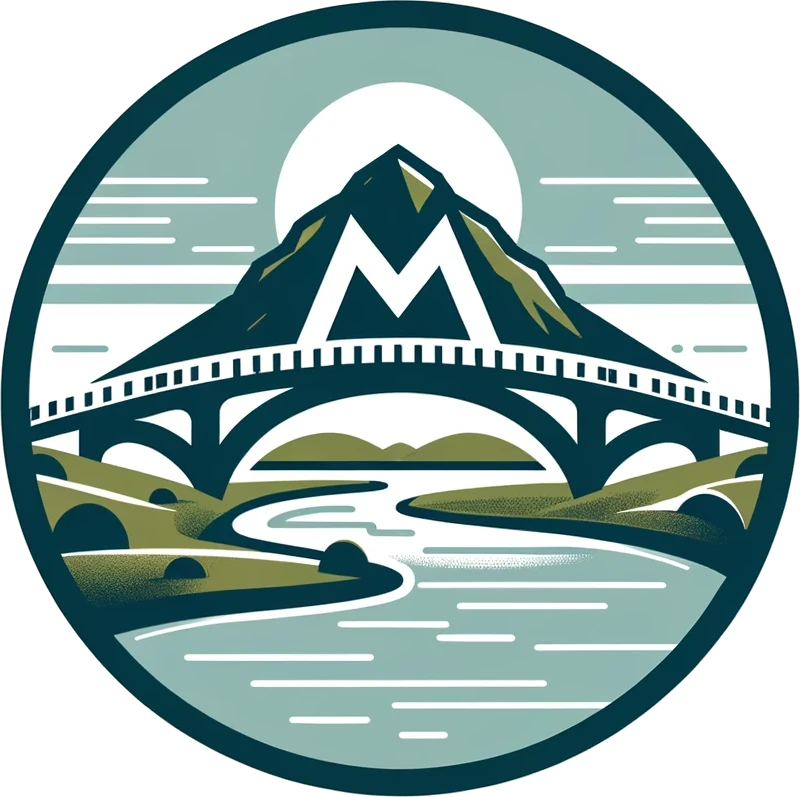Engage
A Python PWA for encouraging inter-collegial engagement in the workplace.

As project lead of a team of 4 developers, I coordinated the gathering and documentation of requirements, outlining of project scope, database design, prototyping, and led the development of an internal web app for a Cognizant branch to completion, within 3 months. GitHub
Please feel free to create an account and explore the app.
In the Covid and post-Covid years, more and more employees opted to work from home most of the time, and one result of that was the loss
of a feeling of cohesion within the branch. Our app was intended to ameliorate this loss by providing a platform for employees to engage
and compete against each other by participating in various activities. This was essentially the problem statement that we were given, and all further
requirements were derived from carrying out interviews and handing out questionnaires to the employees at the Missoula Cognizant branch, who would eventually be the users.
Users are incentivized by earning points for participating in activities, which can be spent to purchase items in the shop. App administrators
can add rewards to the app’s shop. A unifying trait amongst the employees we interviewed was competitiveness, and so the ability to compete via
leaderboards, and the ability to form teams was a high priority. The app needed to be usable both on phones and on desktops, so a mobile-first PWA seemed like
the most straightforward choice.
Backend-wise, I opted for us to go with Django, because the rest of the team was already familiar with it. I chose SQLite for the database because a monolithic architecture is sufficient for an app designed to be used internally by users within the same company branch.
Frontend-wise, we were dealing with two primary constraints— I was the only team member familiar with the SPA approach to frontend development, and we were severely constrained by time. As a result of this, I took a leap and decided that we should stick with Django’s native templating engine, and use HTMX for the dynamic elements.
For styling, I chose Tailwind CSS, for two reasons: one, our approach would have us all take on the role of full-stack developers as opposed to separating
front and backend work, and two, Tailwind is granular and versatile enough to not require the use of a component library, with a small team.
Thankfully, this approach worked quite well. In the first week of development, I asked the team to create todo MVC apps in order to familiarize themselves with HTMX.
With this minimal amount of experience, we were able to complete a fully-functional minimum viable product within the given timeframe.
For people who do not wish to create an account, or who wish to see how moderators can use the app, below is a video demonstration of the app in action, on both
desktop and mobile viewports:
A key requirement was to trust the honor system amongst employees, and so point redemption works like this: employees can indicate that they will participate in an activity, and when the activity's set time moves into the past, they can either redeem points for it, or indicate that they did not participate, and lose the ability to claim points for it.
Mods have additional abilities, such as adding and approving activities sugested by non-mods, editing activities and leaderboards, adding new leaderboards, editing and deleting shop items, and deactivating users. All users have the ability to create teams, and to join any one team at a time. The shop functionality is as one would expect, with the exception that redeeming a shopping cart simply emails all mods with the user's shopping list so that they can fulfill it in person.